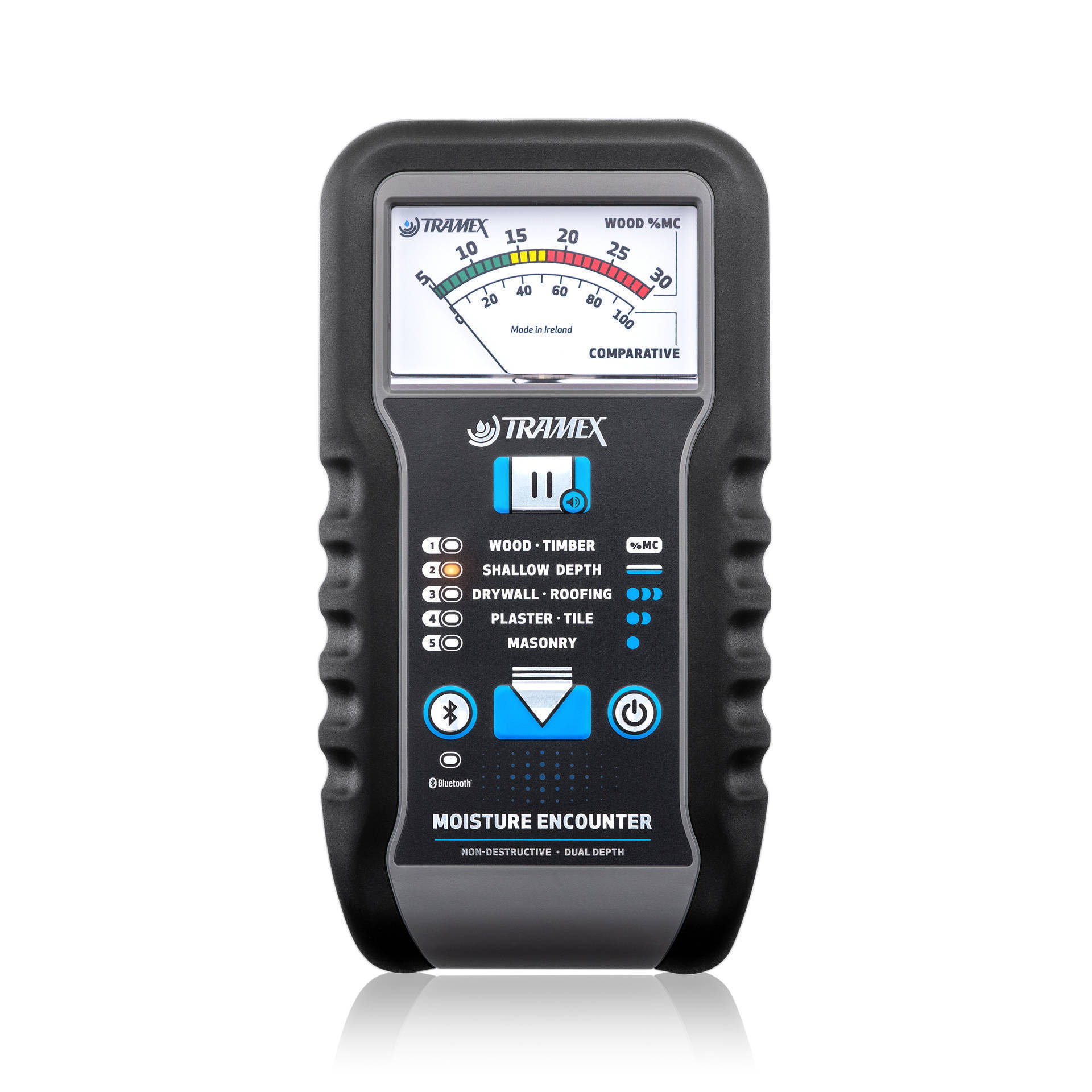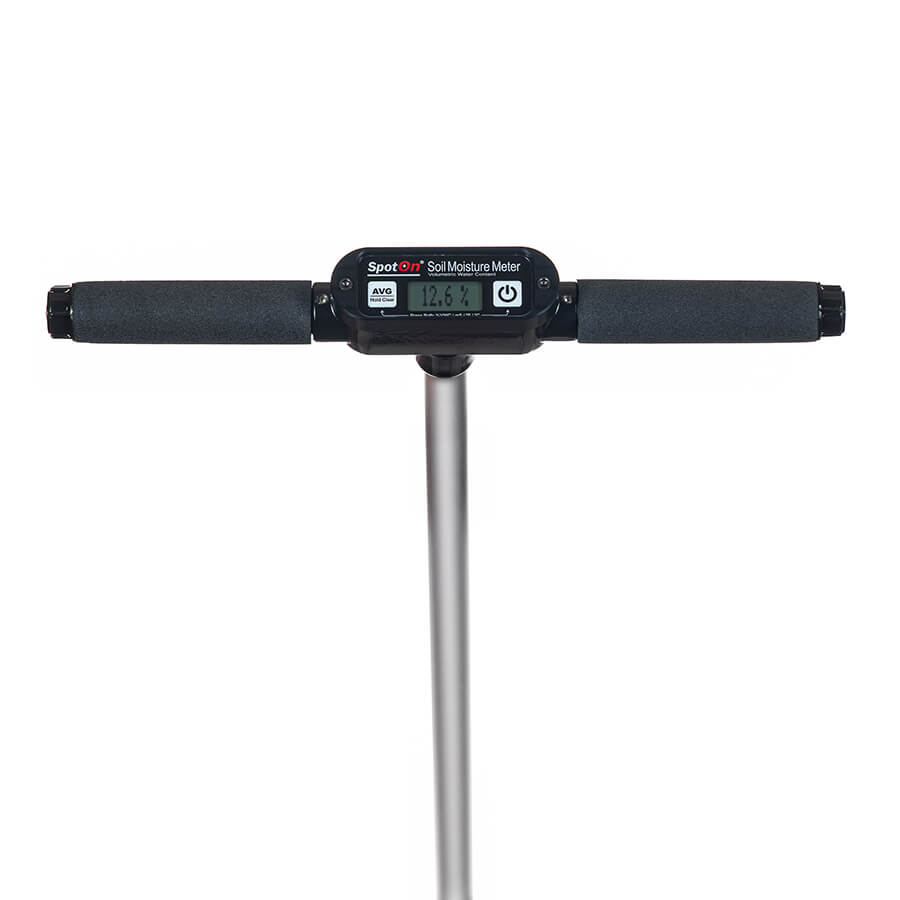Comprehending the Importance of a Dampness Meter in Preventing Mold and Water Damages in your house
In the realm of home maintenance, the visibility of wetness can typically be a silent yet awesome opponent, efficient in causing pervasive mold development and insidious water damage if left untreated. In the middle of the tranquil setting of a residence, hidden moisture concerns can make beneath the surface area, posturing a risk to both home and health. Equipped with the right devices and understanding, property owners can proactively combat these potential hazards. Recognizing the relevance of a wetness meter in this battle is not simply an alternative however a critical requirement.

Value of Moisture Detection
Effective dampness detection approaches are critical for protecting homes and preventing possible mold and mildew growth and water damage. Dampness can leak into various structure materials, causing structural concerns and carcinogen - Moisture Meter. By using a wetness meter, home owners can proactively determine areas susceptible to excess dampness, permitting timely intervention and reduction approaches
Wetness meters supply precise readings of moisture degrees in various materials such as drywall, timber, and concrete. This information helps in determining locations of worry, also in hard-to-reach or covert areas. Early discovery of dampness build-up makes it possible for punctual fixings or changes to stop further damage.

How Dampness Meters Work
Wetness meters play a pivotal role in the aggressive identification of excess wetness, assisting in the avoidance of potential mold and mildew growth and water damages by offering accurate analyses of dampness levels in different structure materials. These devices function based upon different concepts, depending upon their type. Pin-type wetness meters, for example, have two pins that permeate the product to measure the electric resistance between them. When wetness is existing, it enhances the product's conductivity, bring about a lower resistance reading. Pinless wetness meters, on the various other hand, usage electromagnetic sensors to check the material without causing damage. These sensing units give off electromagnetic signals that pass through the material and determine the dielectric residential or commercial properties, showing moisture content. Some progressed dampness meters integrate both pin and pinless technologies for thorough dampness detection. Recognizing how moisture meters function is important for prompt and exact wetness level evaluations, allowing effective preventive procedures against mold and mildew and water damages.
Detecting Early Caution Indications
Upon first assessment of a residential or commercial property, recognizing refined indicators of excess wetness comes to be essential in the early detection of potential mold and mildew growth and water damage. Some typical very early warning signs include mildewy odors, water discolorations on ceilings or walls, peeling paint or wallpaper, and distorted or discolored surfaces. Stuffy smells commonly show the existence of mold and mildew or mildew, even if no visible indicators appear. Water discolorations can signal leaks or seepage, while peeling paint or wallpaper might be a result of dampness jeopardizing the bond of these materials to the surface. Deformed or stained surfaces, such as twisting floorboards or stained drywall, are clear signs of water damages. Moisture Meter. Furthermore, an increase in allergy signs and symptoms or respiratory system concerns amongst owners may suggest the visibility of mold due to excess wetness. By promptly identifying and addressing these very early caution indicators, home owners can mitigate the threat of considerable mold and mildew growth and water damage in their homes. Homepage


Avoiding Mold And Mildew Growth
Acknowledging early warning signs of excess dampness within a home not just allows prompt detection of possible mold and mildew development and water damage however also offers as a positive action in stopping the proliferation of mold. To efficiently protect against mold and mildew growth, it is crucial to attend to any sources of wetness quickly.
In enhancement to attending to moisture sources, maintaining interior humidity levels below 60% can significantly prevent mold development. Proper ventilation, appropriate insulation, and making use of air conditioning system or followers can aid regulate interior humidity levels. Keeping an eye on dampness levels in locations vulnerable to dampness, such as cellars and creep rooms, utilizing a wetness meter can also help in early discovery of raised moisture degrees and prospective mold and mildew development. By taking proactive procedures to avoid excess wetness and mold development, homeowners can secure their property and interior air quality.
Benefits of Routine Monitoring
Normal monitoring of wetness degrees in a home can play an essential duty in keeping a healthy and balanced interior atmosphere and preventing possible mold and mildew and water damages. By consistently inspecting wetness degrees, homeowners can detect any kind of problems without delay and take needed activities to avoid mold and mildew growth and water damages.
Moreover, normal surveillance enables home owners to track patterns and patterns in dampness levels over time. By establishing a baseline and surveillance adjustments, people can recognize any areas of concern or potential susceptabilities in the residential or commercial property's framework. This data-driven technique enables targeted treatments and upkeep efforts to address underlying concerns before they rise right into even more substantial issues. Inevitably, the consistent tracking of dampness levels encourages homeowners to safeguard their residential property, secure their wellness, and preserve the integrity of their indoor setting.
Final Thought
In conclusion, the use of a moisture meter is essential in avoiding mold and water damages in homes. By finding very early warning signs of wetness, property owners can take proactive actions to stop mold growth and expensive repair services.
By utilizing a wetness meter, residential property proprietors can proactively determine areas susceptible to excess dampness, allowing for prompt intervention and mitigation strategies.
Wetness meters give accurate analyses of dampness degrees in different products such home as concrete, wood, and drywall.Dampness meters play an essential role in the proactive recognition of excess moisture, assisting in the prevention of potential mold growth and water damages by giving exact analyses of moisture degrees in numerous building materials. Comprehending exactly how moisture meters feature you could try these out is necessary for timely and exact wetness degree analyses, allowing effective precautionary actions against mold and mildew and water damages.
Keeping an eye on wetness degrees in areas vulnerable to dampness, such as basements and crawl rooms, making use of a moisture meter can also aid in very early discovery of elevated wetness degrees and possible mold development.